|

Not surprisingly, considering Enter is devoted to photojournalism, Galleries – where former World Press Photo seminar participants display their images – has been one of the Internet magazine’s most popular features.
And in this – the last issue of Enter in its present form – the standard of work is as high as usual.
In his gallery, Vinai Dithajohn chose to highlight the ethnic separatist insurgency in southern Thailand that has troubled the region for many years but escalated in 2004.
Based in Bangkok, Vinai immerses himself in his projects, often spending long periods with the people he is recording with his camera. He does get a little too close to the action at times – during demonstrations he was photographing in 2010, he only just missed being very seriously injured when a bullet passed through his leg.
Marko Risovic is also keen to be as close as possible to his subjects and for his project “New dawn over Carpathians” he spent two months in Romania amid the generation of youngsters, now in their teens, who are emerging into the country’s post-communism era.
Time is the most important element in his work, says the Belgrade-based freelance. It allows him to capture his subjects as naturally as possible.
Highlighting one unusual group of workers – the so-called pushers of Bacongo in Brazzaville, the capital of the Republic of the Congo – was the project chosen by Rodrig Mbock.
These men, who transport anything and everything in markets pushing trollies and carts – hence their name – helped Rodrig, from Cameroon, to answer questions he says he had about “peoples and cultures that are different from or similar to my own”.
Egyptian photojournalist Myriam Abdelaziz is unusual in that she was a participant in as well as a recorder of the events that make up her gallery.
But, she says, she tried to make sure her journalistic efforts did not to affect what happened in the demonstrations in Cairo’s Tahir Square earlier in the year that she was both recording and supporting.
Anahit Hayrapetyan from Armenia set out to photograph buildings in Yerevan that had been used for one function in the communist era but were now utilised for different purposes.
Having selected what had been former hostels for factory workers, Anahit then became more interested in the people who were now living in extremely cramped and poor conditions inside.
Her images, when posted to Facebook, sparked interest in the city in the plight of the occupants and prompted some people to offer help.
|
|


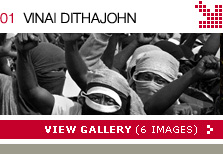
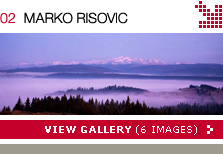
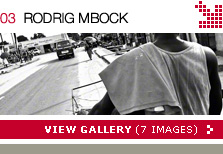
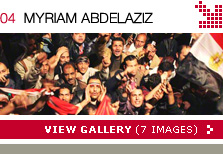
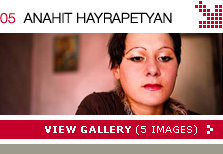


|
|